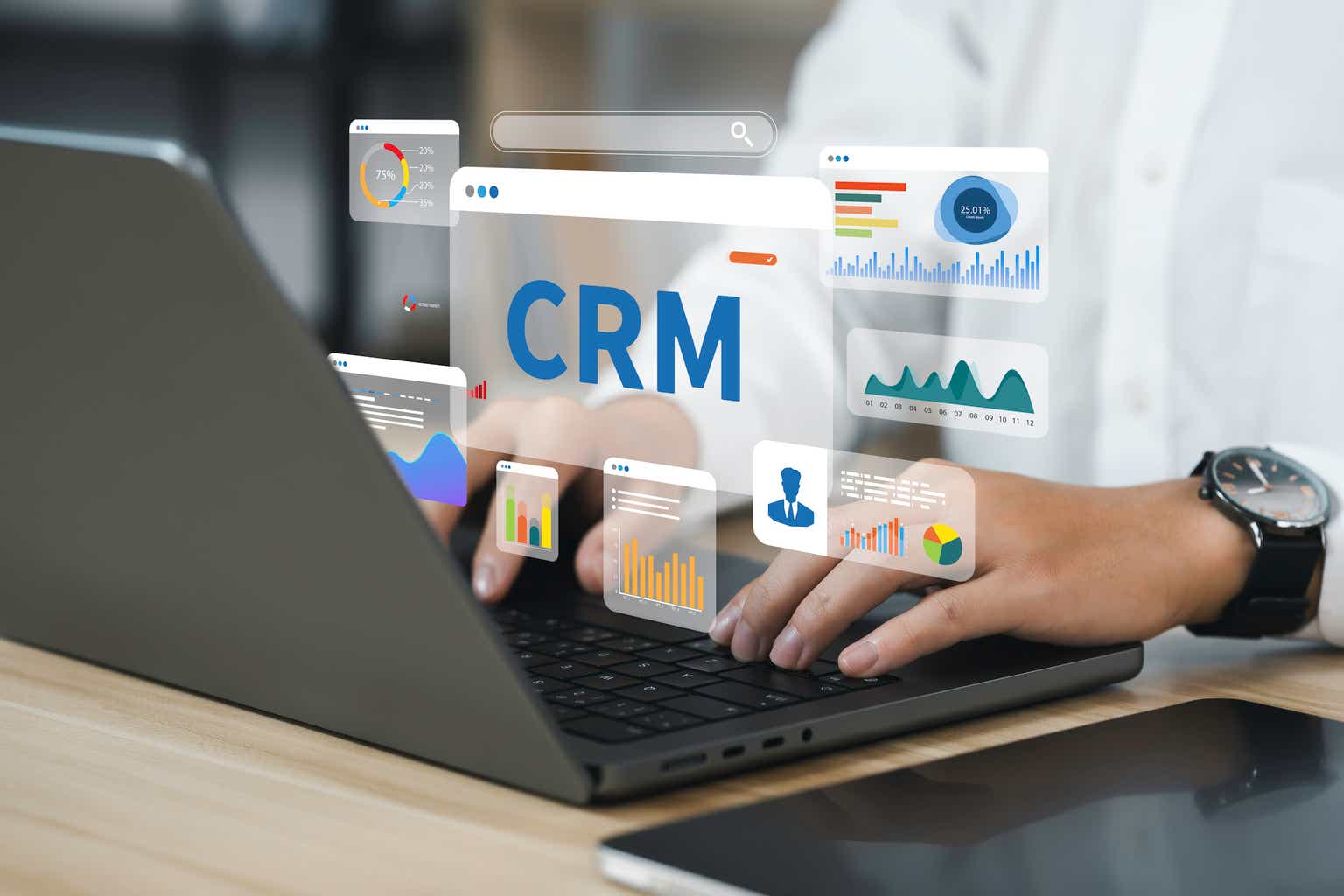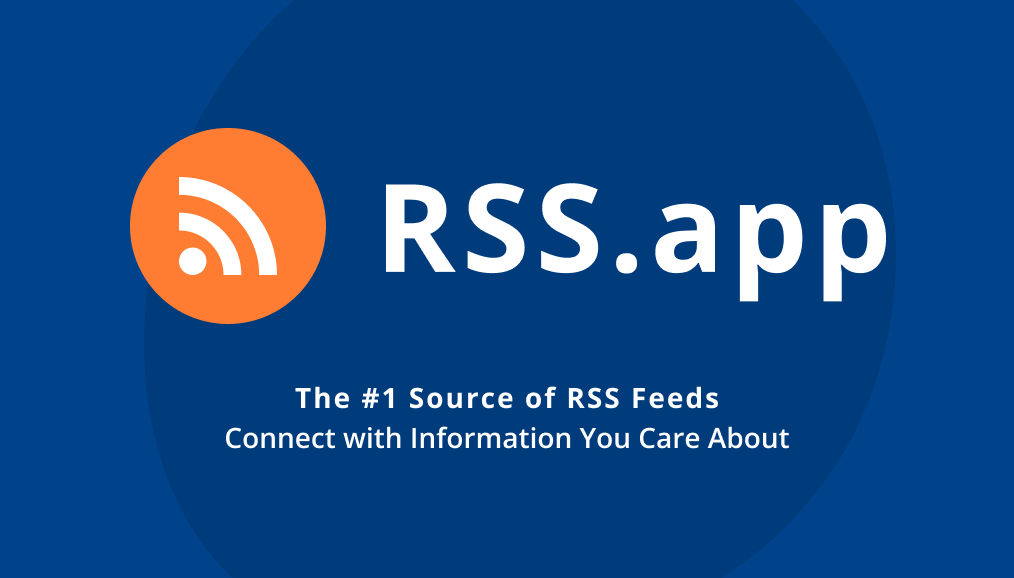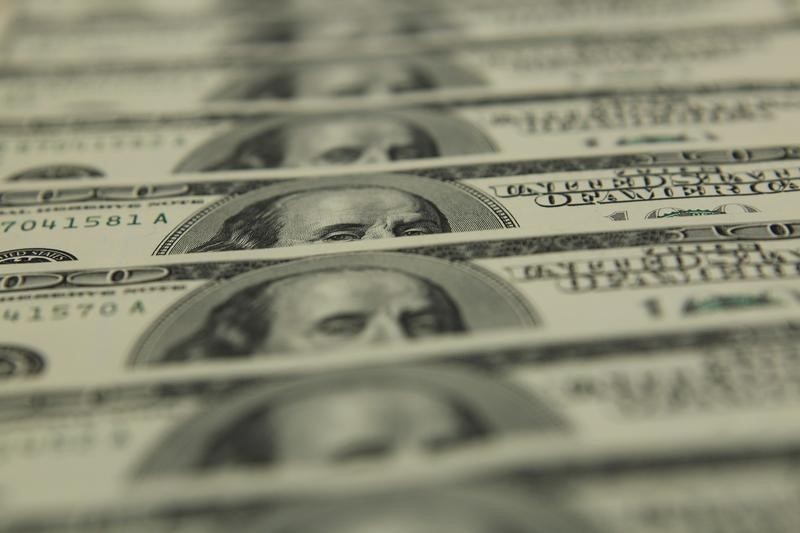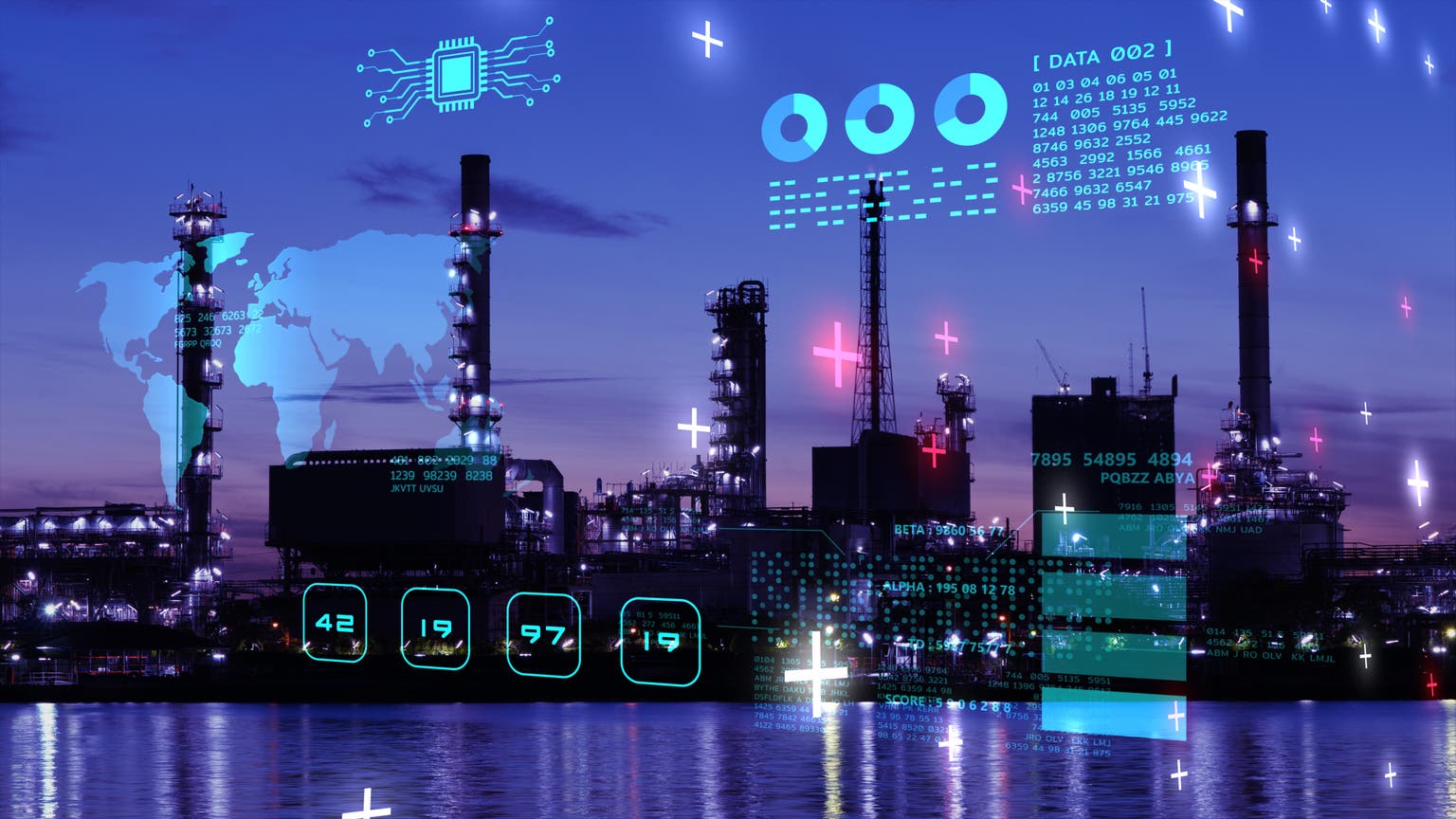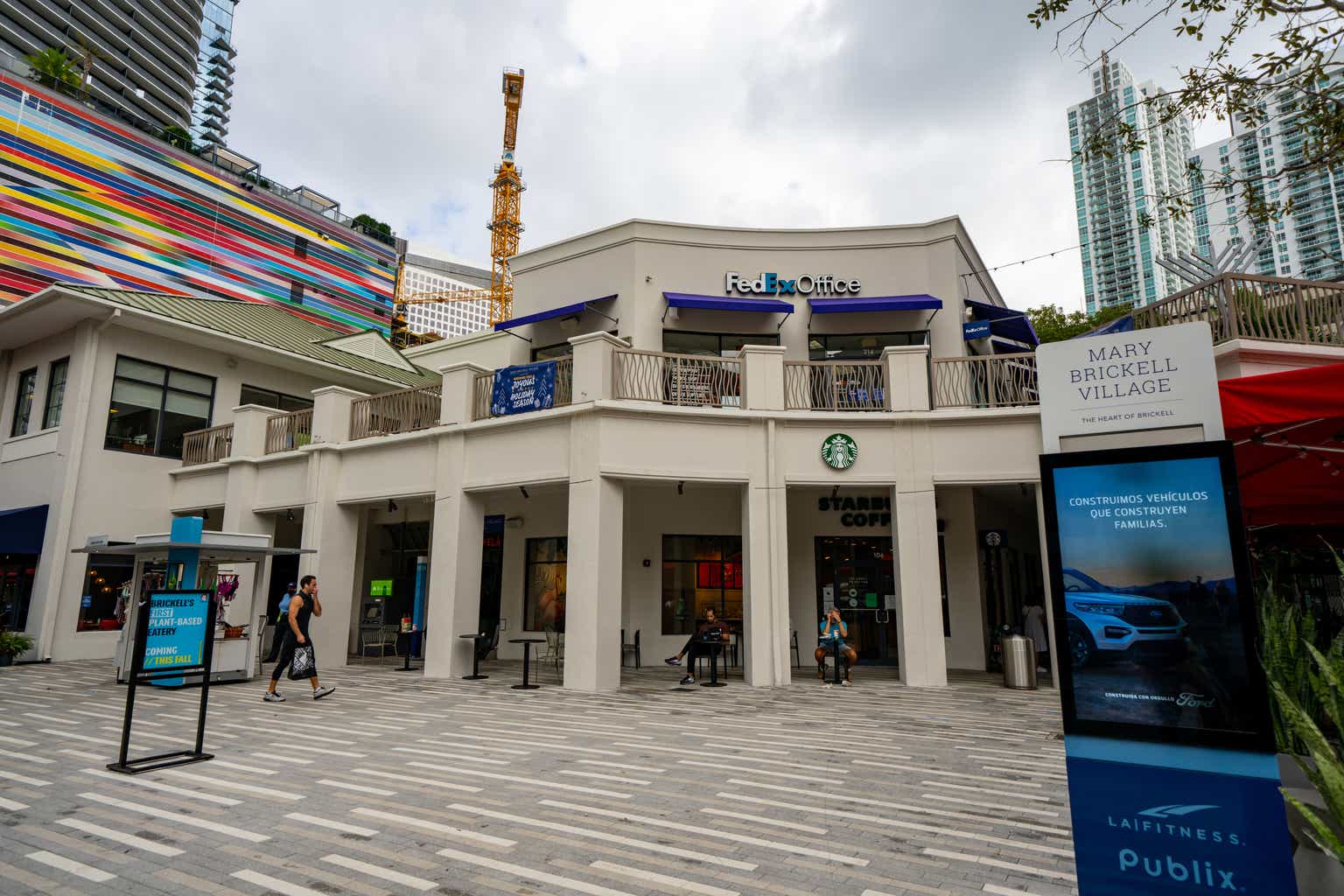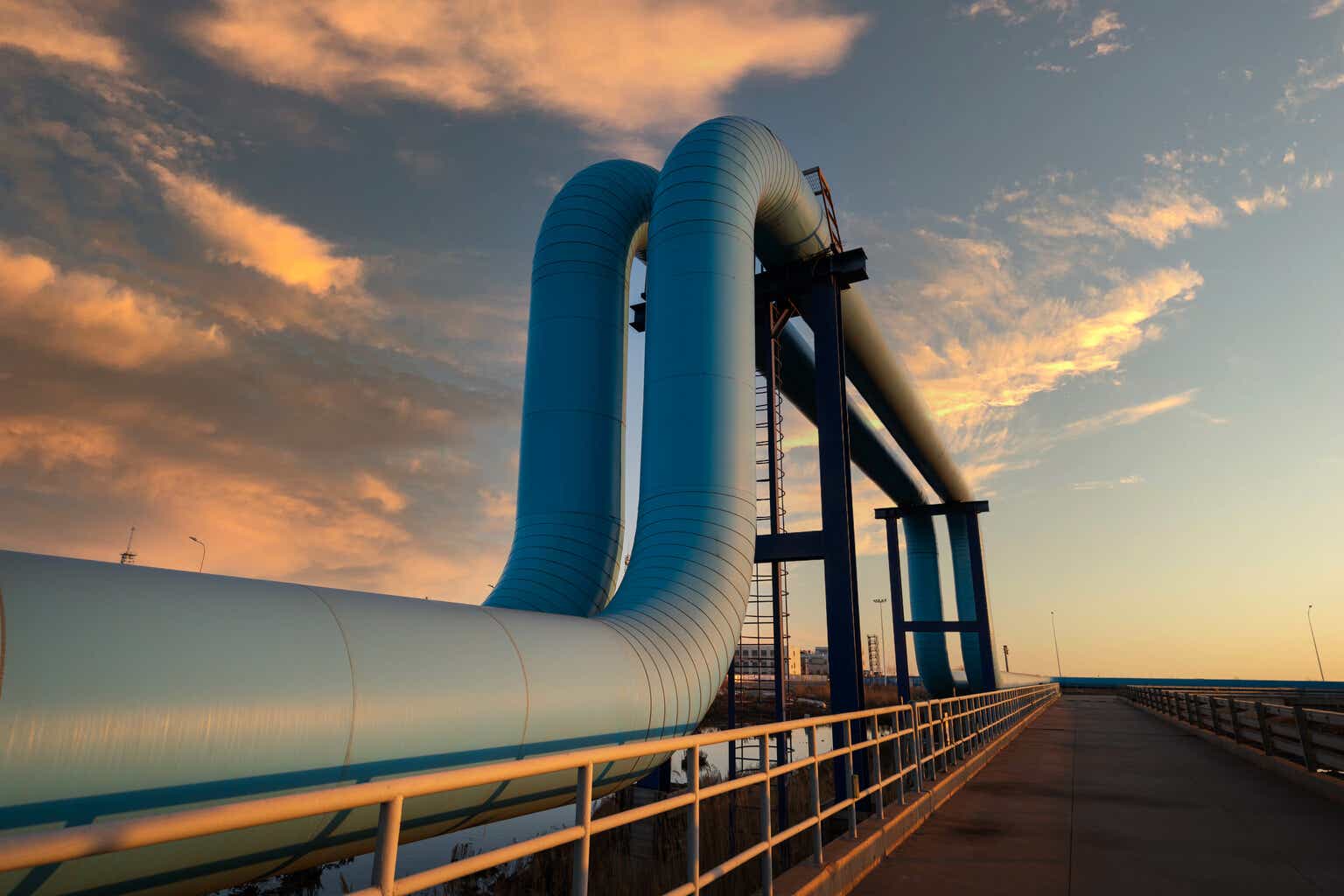Nano Dimension Limited (NASDAQ:NNDM) Q3 2023 Earnings Conference Call November 28, 2023 9:00 AM ET
Company Participants
Yoav Stern – Chief Executive Officer
Tomer Pinchas – Chief Operating Officer, acting Chief Financial Officer
Julien Lederman – Vice President, Corporate Development
Conference Call Participants
Ron Rosenberg – Recover Innovations
Sol Zelman – Geri-Care
Operator
Good day ladies and gentlemen. Welcome to Nano Dimension’s third quarter 2023 earnings conference call. My name is Betsy and I’m your Operator for today’s event.
On the call with us today are Yoav Stern, CEO and member of the Board of Directors; Tomer Pinchas, COO and acting CFO; and Julien Lederman, VP of Corporate Development.
Before we begin, may I remind our listeners that certain information provided on this call may contain forward-looking statements and the Safe Harbor statement outlined in today’s earnings press release also pertains to statements made on this call. If you have not yet received a copy of the press release, please view it in the Investor Relations section of the company’s website. A replay of today’s call will also be available on the Investor Relations section of the company’s website.
Yoav will begin the call with a business update followed by a question and answer session, at which time the management team will answer your questions.
I would now like to turn the call over to Nano Dimension’s CEO and member of the Board of Directors, Yoav Stern. Please go ahead.
Yoav Stern
Thank you very much. Good day to everybody. This is the third quarter results for 2023. It’s the best third quarter in our history. It’s the best nine months in our history. We completed in the third quarter around the same revenue we had in four quarters last year, and fourth quarter, if proceeds as planned, will take us either close or on budget as we planned earlier this year, so very good, very happy, but we are starting a new stage, which I’ll speak about.
Organic growth was 22%. The organic growth for nine months was 33%. I’m emphasizing organic growth because historically you’ve been asking me many, many times, you did acquisitions, that’s great, the acquisitions were small, but what about organic growth? So in the last 12 months, it’s organic growth because we didn’t do acquisitions, which we are now, and I’ll speak about it separately, are getting into the larger play on M&A, but meanwhile we’re growing organically. We expect the end of the year to be close to 50% growth.
We increased the gross profit. I would say it’s even more important. [Indiscernible] if you look at companies in our industry or in general, our gross profits were 200% higher than similar quarter last year and same for the nine months, but more interesting in the number themselves, the gross margins grew from 18% to 44% on a quarterly basis IFRS, and 38% to 48% on a non-IFRS, so we are practically close to 50% gross margin and we believe it will continue to grow, and I want to tell you something, it just didn’t happen by itself. It happened with a lot of focus on changing our infrastructure and the cost of goods sold, in manufacturing, and I will talk about it if you have questions.
Second thing that happened in the last few months is a major change in our corporate governance and management. The reason is some of the shareholders spoke with us and thought that it would be a good thing to do. IFS and Glass Lewis, the two reputable advisory firms spoke with us and we basically did what they recommended. We reduced the board size by two members, which was [indiscernible]. We added a very, very serious four-star general, Mike Garrett, to our board, so sitting on [indiscernible], and we have made the changes in roles where I–I don’t know if you know, but initially when I joined just two years ago, I was not even on the board. I joined because of changes on the board and I didn’t have a choice, so I expect I’ll continue to do my CEO role as director and Dr. Yoav Nissan-Cohen is now the Chairman of the Board. We work together, it’s beautiful. I’m very, very happy.
On the side of the business beyond the numbers and the corporate governance, we had successes in the defense, we have successes in space, leading space technology companies, and we probably sold the biggest amount of machines to now one of the largest computer companies in the world, and no less important, because this is a major investment, is the product in R&D development bolstered by [indiscernible] materials, and I will take you here back two years ago when I told you, and some you remember it, the development of additive manufacturing and the network we are building of cloud manufacturing, while it sounds a lot to do with automation, robotics, software of course, at the end of the day there is one thing that’s important – materials and process. As I told you in the past, when we reach a real milestone, it will be a material milestone.
The first one has been reached. We came–we announced a new material for insulation, INSU 200, it’s a revolutionary material for electronics. It was announced in the trade show last–actually, in November, and it’s going to be out in the market in the beginning of the year, in January, and we’re very excited about it. This is not the final move here.’
Very soon, we’re coming with a totally different material which is much better than this one, and that one will take us into–we believe into production, mass production on the electronic side. We have a lot of other materials that we added on the additive manufacturing side, but I’m not going to get too deep into that unless there will be questions.
Next, let’s talk a little bit about financials. I highlighted the gross margins, the gross profit. Interestingly here is to see that the adjusted EBITDA of $30 million, and I’ll show you in a second what is adjusted comparing to regular EBITDA, a third of it–sorry, more than half of it for the quarter is in R&D expenses. Sorry, actually it’s less, it’s a third in R&D expenses, it was more than half in Q3 2022. The reason is it’s very, very intended – we have reduced $3.5 million, which is 20%, almost 25% of our R&D expenses this quarter comparing to the same quarter last year. It was the first move earlier this year in an initiative which I described in the news release, and I’ll talk about of moving Nano Dimension to the next business model phase, and I’ll speak about it.
Another thing that you’ll see here, activist damages, we have activist investors that are busy damaging the company. We have spent until now, since the beginning of the year close to $17 million paying lawyers, accountants, experts, advisors for what we believe is a waste of $17 million. Be that as it may, our shareholders voted for us and we’re moving forward.
On the gross margins, I spoke, but if you now go to the bottom line on this table, look at the number on the bottom. We only burned $7.7 million comparing to $20 million in the same quarter last year. This is where we are going, we are hoping next year–actually, already this quarter to cut another $30 million in our expenses, and to reach profitability at the end of the year next year. But even if we are just growing from where we are today, a run rate of 60 organically, if we do an acquisition, it will obviously change the whole formula, which is very, very exciting to us.
Next slide, you will be able to see the reconciliation when [indiscernible] exactly what is this large number, $66 million of net loss and why is it ending up just $7 million of cash burn? So if you start from the top, you’ll see what I colored in green is $11 million – 11.008 is interest income. We have about $45 million a year, maybe more, right–?
Tomer Pinchas
Yes, this year we are going to reach approximately $48 million of [indiscernible] income, it’s about $4 million a month, it’s more than 5% interest on an annual basis.
Yoav Stern
So obviously it’s a nice and effective way to grow our capital, and we are working on it. We have weekly management meetings for cash management. We do not invest, other than our course our investment in the industry and services. We do not invest in any risky investments, that’s not our charter, but we get returns of between 5% to 7% on our capital.
Cash – when you have yellow – yellow fever? – you have yellow color, this is $14 million that in this quarter, third quarter is a negative number. All the numbers are reversed – negative is positive, positive is negative, because it’s an adjustment back, because Stratasys share price went down from $20 million to–sorry, $20 to $11 or so. You can speculate afterwards what’s the strategic meaning to that, but the way it affects our balance sheet is by reducing $40 million. It’s of course non-cash, and funnily enough the way the company rules forces us to do it is we take the price of the share on the last day of the quarter. It doesn’t matter if the whole quarter or the month before, the average was 20% higher, it would take it from the last day. That’s the reason the swings are not something you should relate to, because they’re not necessarily representing anything.
That leads us to the adjusted EBITDA of $30 million, minus $30 million, and then you go for the cash flow and you start on the gross profit and the comparison between the quarters last year and this year. Look at the gross profit, it went up from 1.8 to 5.4 – it’s amazing, and net cash used in operations went down from 23.5 to 19.5. All the way down to net cash including after bringing back in interest, we only spent $7.7 million this quarter, and we’re moving ahead in the right direction. Again, that’s without acquisitions. This is just from the fact that we are getting by now to be a company of $60 million in two and a half years, from $5 million to $60 million with gross margin of 50%.
Next slide actually speaks about exactly this last point, how did we scale up? This is a slide I like very much because it’s not a slide per quarter, it’s a slide per quarter that shows the last 12 months and this quarter, so you see that in the Q3 of 2021, just two years ago, we were a $5 million company. If you look at Q3 now, two years later, we’re a $55 million company, $54 million company, and over the last three quarters, four quarters, it’s without acquisitions, so if you look at Q4 ’22, it’s from 44 to 54.
Next slide shows–you know, all my compatriots that I’m listening in the industry are talking about headwinds, and last quarter of everybody was not good comparing to projections and in general, and if you guys are following other companies in this business, the public companies, and hear or see their results, why don’t we see it? I’ll tell you why not, because we are diversified, because we structured the company to sell both to the electronic industry and to other metal ceramics industries and electronic manufacturing, additive manufacturing electronics and additive electronics, and of course electronics goes into many other industries. A lot of it is in defense – 35%, so this diversification leads us to this third quarter being where it is, and the fourth quarter which we are in right now looks pretty good. The revenue, on the left side you see it, and on the right side you see two colors, one is the adjusted gross margin non-IFRS, and one is IFRS, so numbers we saw before.
I mentioned the peers in the industry, the growth up, here is the peers. We have here 3D, Desktop Metals, Stratasys, Markforged, and the average for the whole peer group, it’s an average of percentages, [indiscernible] percentages as it relates to the size of the company because obviously 6% in 3D Systems was a much, much bigger drop than 20% in Markforged, but the average of all those is 10%, and we are 20% above, so what I mean, growing.
Last but not least, where are we going? We call it reshaping Nano. The business model, it’s time for our business model to grow up and leave the kindergarten into elementary school, or if you wish, leave elementary school into middle school, which means we grew, we focused on acquisitions to build a coherent and integrated business, we are leading with a vision towards cloud manufacturing, so more acquisitions will multiply it back at $60 million dollars or close of revenue and close to 50% gross margin. It’s time to think and to adjust the growth in this model with profitability. That’s what we are calling by reshaping Nano.
We decide about how to allocate capital, we decide about how to allocate expenses, we have purchased close to $100 million of our shares because we thought it was the right thing to do. We may continue to do it because we have approval to do another $200 million, and we’ll decide about it during the year. In the last week, we reduced 130 people out of 530 – this was a very, very serious cut in expenses. Think about it, it’s about 23% or something like that. We did it worldwide, most of them in Israel. With all the difficulties of the war, of course we gave them [indiscernible]. We didn’t say goodbye and just left them alone, [indiscernible], but we have to do it because we are leading ourselves towards improved profitability and we’ll save close to $30 million annually, and we are not waiting for next year to start it. It’s done already this year. The second step will be to cut major expenses in overhead through consolidating facilities with acquisitions that we will do, and that will take us to the right place.
I just mention here the governance of the board. I spoke about it before, so I’m not going to repeat it, and I can tell you before closing that, first and foremost, I want to thank you, the shareholders for supporting us. I specifically want to thank the shareholders for supporting the Israeli division through a very difficult time that Israel has been and is going through, and we got a lot of support. We’re going through this war here with 15% of our employees in the reserve service and fighting in Gaza, but we performed. In parallel with that, we have another fight with some [indiscernible] shareholders that are wasting our time and our money and their time and their money, but it’s not as serious as in Gaza, so that one we get over with.
I’ll just summarize, opening up for questions, by thanking you again for the support, and we are ready to answer questions.
Question-and-Answer Session
Operator
We will now begin the question and answer session. [Operator instructions]
The first question today comes from Ron Rosenberg with Recover Innovations. Please go ahead.
Ron Rosenberg
Hi, thank you for your time today, appreciate it. I’m in the tactical defense sector, and I’m curious, how do you see the impact of the various conflicts globally and the significant increase in defense budget spending on the additive manufacturing 3D business? I’m asking about Nano, as well as the industry at large.
Yoav Stern
Let me put it this way. First of all, the general political and other situations, both in Europe with Ukraine and Israel, and I don’t think it’s Israel by now the fact that there’s two air carriers here and an atomic submarine of the United States, and the fact that all the European and other leaders who are visiting here over the last month, it’s a serious situation defense-wise that affects the defense spending, especially of the European countries, but it will affect the United States. We see it in defense in general – I’m talking about AM with companies in defense that are having a very, very successful year. We have a director from Lockheed, so we are very, very close to what’s happening there.
Now specifically to what you ask about, additive manufacturing, look – additive manufacturing is an industry that got ahead of itself, book big and high and then deliver, so the additive industry, I would divide it now into two types of products, and we do sell to defense as you understand, it’s our largest section. The products that can actually get into the production line not only for prototyping or not only for proof of concept, and the products that cannot or whatever they do in the production, the cost unit economics is still too high, so for products that are for the first time, definitely feel it and we feel it – that’s the reason we are so successful.
You ask why is Metal and Stratasys and 3D and the rest of them not so successful this quarter, and they’re all claiming headwinds-headwinds-headwinds, frankly I don’t know. I guess they feel headwinds, I don’t feel headwinds, and I think part of the tailwinds is the defense industry.
I hope I answered your question.
Ron Rosenberg
Yes, thank you very much.
Operator
I’ll now hand the Q&A session over to Julien Lederman.
Julien Lederman
Hi everyone. We were sent a question by an analyst, Katherine Thompson, who is the director of technology research at Edison Group. She’s been having trouble answering questions, so I’ll read it exactly as she has written it to me to ask on behalf of her, given the technological difficulties, so I will read verbatim.
Yoav, the question is for you. One, adjusted gross margin is now at 48%. The program to reduce the cost base, will this help grow the gross margin from this level or is the program more about reducing operating expenses? What do you think is the optimal gross margin you could achieve?
She has other questions, but I’ll pause there.
Yoav Stern
Okay, first, the cost reduction goes on both sides. It’s exactly–you defined it, we have a group that’s focusing on reducing of COGS by reduction of the manufacturing, the assembly costs, by better buying, better supply chain, everything that goes into the COGS. We have a whole effort that deals with the general overhead, which includes marketing, sales, go-to-market, support, and especially what I don’t like but unfortunately including myself is the overhead that includes just general management, finance, including myself and including others, where we need to squeeze it or, if we do an acquisition as we’re planning, we need to squeeze it based on merger and cutting debt, so that’s two things.
The other question you asked is what do you think our gross margin should be? Well, we have different kinds of products. Our product lines should deliver gross margins between 42% to 65, 68%. It depends on what product line and what stage in the life cycle of the product it is. Most of our products are above 56, 58%.
Julien Lederman
I’ll ask–she has two more questions, I’ll just repeat them as they’re written. Second question, how does your order backlog look going into Q4 2023? Are you able to give an indication of what you are targeting for organic revenue growth in the fiscal year ’24?
Yoav Stern
I don’t know–I don’t have any visibility into ’24 yet. I will have it once we finish this year and once we have indications of the market. Obviously for Q4, we have visibility, we expect to be between $55 million to $60 million. With a little bit of luck, we’ll be 60 if we want. It’s not going to be because we didn’t reach it, it’s because the end of the year, certain sales are being rolled into January, but I hope we’ll get close enough. That’s our projection. Growth [indiscernible] obviously is from 43 to 160, it’s about almost 50%. ’24, we’ll know after the end of this quarter into the beginning of the quarter next year.
Julien Lederman
The third and final question from Katherine Thompson, analyst at Edison, is M&A, are you able to say what types of companies you are considering? Any particular technology areas?
Operator, we’ll hand it back to you after Yoav answers this.
Yoav Stern
Yes, we are looking at companies with a full line profile, above $100 million of revenue, in the areas of either electronics, additive electronics and additive manufacturing that is not electronics, and the market over the next 12 months is right ahead of us. Prices went down on average from six times revenue for companies that never made money, to two times revenue for the same companies that never made money either. But it’s a major difference between the valuation and the present valuation, so we’re seeing it all across the board, both public companies and for private companies. There is not a lot of large private companies – there’s about three, and there’s more public companies that are large, and we’re talking as we speak, probably 25 companies.
Julien Lederman
Operator, you can see if we have any other questions from the wider group.
Operator
Thank you. [Operator instructions]
The next question comes from Sol Zelman with Geri-Care. Please go ahead.
Sol Zelman
Good morning. Thank you Operator, and good morning everyone on the call. Yoav, I would like to start by saying I hope you, your family, your colleagues, everyone’s safe in Israel. A lot has gone on since our last call, so I would like to start with that, recognizing that and making sure that hopefully everybody is okay and hopefully everybody comes out of this in the long term safe and sound.
Yoav Stern
Yes, thank you very much. Israel is a small place, so I don’t–while my family and our families are okay, it’s very difficult for me to say everybody is okay when we have still 170 people in captivity, but we’re moving in the right direction. Thank you very much.
Sol Zelman
You have our prayers, and I’m sure that’s globally.
I would like to go–I didn’t know where I’d fall in the queue and if you’d have time for my questions, so just the way the questions have happened to work out, you mentioned it in your preface and then I heard it from, I believe it was from Karen’s question, where you answered that you would potentially be looking at companies with a falling profile. I’d previously asked the question during the Stratasys tender offer, during that tender offer, you had made mention of the fact that if you end up pulling the offer, Stratasys will end up falling to the low 10s or single digits, I took the numbers here. Fast forward, we’re there now, do you see an opportunity to re-engage due to their lower enterprise value of Stratasys, where it is right now, or is there concern based on what you see in the market, their potential broken business model and weak cash position, that we continue to see this quarter after quarter and no longer [indiscernible]?
Yoav Stern
That’s a question. Let me answer you, start by the second part. One of the most deceiving ways of reporting cash is the way Stratasys is doing it. Bottom line, you called it right, and obviously you’re sophisticated – they went in their cash from–
Tomer Pinchas
327 to 184.
Yoav Stern
To 184 in–?
Tomer Pinchas
Nine months.
Yoav Stern
In nine months – I’m repeating, 327 to 184 in nine months. That is, let’s say, 140 divided to 9, it’s about $15 million a month.
Tomer Pinchas
About $14 million a quarter.
Yoav Stern
$14 million a quarter, that means they have about three, four quarters to go. There’s no surprise their share is where it is, and as you said, I’ve mentioned it, and is there an opportunity? Absolutely. First of all, the price now will be much lower, and the problems that Stratasys had in the past are still there, but I thought in the past that we can fix it–sorry, we can fix it, and I still think because they did not make major changes other than some minor ones, so there’s an opportunity.
But now, I want to tell you the last thing. Maybe it’s not logical, but I’ll say it anyhow. I’m a little bit tired from non-friendly transactions, hostile transactions. I offered Stratasys, I think it was almost half a year ago, prices that were much higher than what I would offer now on a friendly basis. They never met with me. It turned out to be hostile with all kinds of bad media, and you know, I’m thinking we are the largest shareholder, we are–we know a lot about other sentiments in their shareholders group, and if they were to do a friendly transaction with me today, I would do it tomorrow morning. If they want to fight again, I’m not sure – there’s other opportunities in the market that are very friendly to us, and I don’t want to speak about quality of life, which is part of it, but it’s the quality of business when it’s not friendly that is being totally demolished.
I hope I answered your question.
Sol Zelman
You did. I’d like to see how that pans out. Thank you very much.
Yoav Stern
Thank you.
Operator
This concludes our question and answer session. I would like to turn the conference back over to the company for any closing remarks.
Yoav Stern
Okay, thank you very much. Everybody on the call, have a good day, have a good trading day. We thank you for your interest, and please–since the last year, I am in touch a lot with our retail shareholders over the internet and over emails. You all know, I did a lot of videos, and once we have some interesting news, I may continue to do it because it’s a good way to reach non-institutional shareholders, and I look forward to connecting with everybody.
Thank you very much.
Operator
The conference has now concluded. Thank you for attending Nano Dimension’s quarterly earnings conference call. You may now disconnect.
Read the full article here
